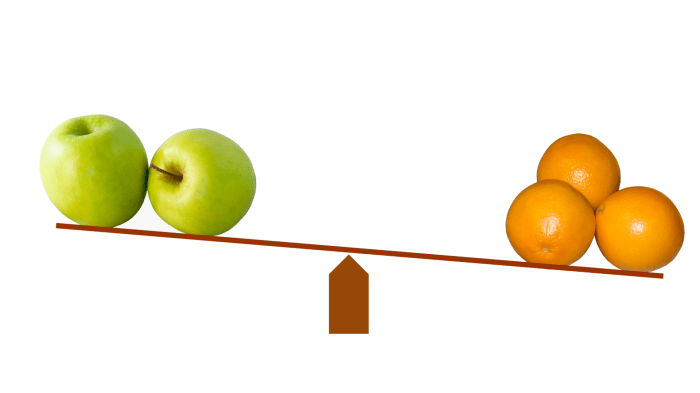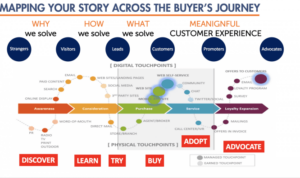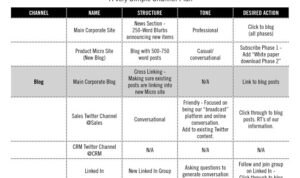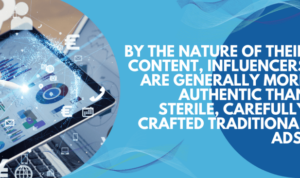Creating Comparison Content is all about showcasing the best options in a way that speaks to the savvy consumer. From breaking down the latest tech gadgets to comparing top-tier services, this guide dives into the art of creating captivating comparisons that drive decision-making.
Whether you’re a marketer looking to up your game or a consumer seeking the best deal, this guide has got you covered.
Introduction to Creating Comparison Content
When it comes to marketing strategies, creating comparison content plays a crucial role in helping consumers make informed decisions. By showcasing the differences and similarities between products or services, businesses can highlight their unique selling points and advantages over competitors.
Examples of Successful Comparison Content Campaigns
One notable example of a successful comparison content campaign is the “Mac vs. PC” ads by Apple. These commercials effectively highlighted the differences between Mac computers and PCs, showcasing the benefits of using a Mac for creative professionals.
- The “Coke vs. Pepsi” taste tests are another classic comparison content example. These campaigns aimed to show consumers the differences in flavor between the two soda brands, ultimately influencing their purchasing decisions.
- Car manufacturers often use comparison content to showcase the features and performance of their vehicles against competitors. This helps consumers weigh their options and choose the best car for their needs.
How Comparison Content Helps Consumers Make Informed Decisions
Comparison content provides consumers with valuable information that allows them to compare products or services side by side. By highlighting the strengths and weaknesses of each option, consumers can make informed decisions based on their preferences and needs.
- It helps consumers understand the unique features and benefits of each product or service, allowing them to choose the option that best fits their requirements.
- Comparison content can also save consumers time and effort by presenting all the necessary information in one place, making the decision-making process easier and more efficient.
- By presenting unbiased comparisons, businesses can build trust with consumers and establish themselves as transparent and reliable sources of information.
Types of Comparison Content
When creating comparison content, it’s important to consider the different types that can be utilized to engage with your audience effectively. Whether it’s comparing products, services, or brands, each type serves a unique purpose and offers specific benefits.
Product vs. Product
Creating content that compares one product to another can help consumers make informed decisions about their purchases. By highlighting the features, pricing, and quality of each product, you can assist your audience in choosing the best option that meets their needs. This type of comparison content is particularly useful for e-commerce websites and review platforms.
Service vs. Service
When comparing services, you can showcase the benefits, pricing plans, and customer reviews to help your audience understand the differences between two or more service providers. This type of content is valuable for businesses in the service industry, such as software companies, consulting firms, or subscription-based services.
Brand vs. Brand
Comparing brands allows you to differentiate between companies based on their values, reputation, and market positioning. By highlighting the unique selling points of each brand, you can help consumers align themselves with a brand that resonates with their preferences and values. This type of comparison content is commonly used in marketing campaigns and brand positioning strategies.Each type of comparison content can be tailored to target specific audiences by focusing on the aspects that are most relevant to them.
For example, product comparisons can highlight technical specifications and user reviews for tech-savvy consumers, while service comparisons can emphasize customer support and pricing options for budget-conscious individuals. By understanding your target audience’s preferences and priorities, you can create comparison content that resonates with them and drives engagement.
How to Structure Comparison Content: Creating Comparison Content

When structuring a comparison content piece, it’s crucial to follow a systematic approach to ensure clarity and effectiveness. Here’s a step-by-step guide to help you create impactful and engaging comparison content:
Identify Products/Services to Compare, Creating Comparison Content
Start by clearly identifying the products or services you want to compare. Ensure that they are relevant to your audience and have distinct features that can be compared.
Gather Information
Research each product/service thoroughly to gather all necessary information. This includes pricing, features, specifications, pros and cons, customer reviews, and any other relevant details.
Create a Comparison Chart/Table
Organize the gathered information into a structured comparison chart or table. This visual representation helps readers easily compare different aspects of each product/service side by side.
Highlight Key Differences
Point out the key differences between the products/services being compared. This could be in terms of pricing, features, performance, customer support, or any other relevant factor.
Present Unbiased Information
It’s essential to present the information in a neutral and unbiased manner. Avoid favoring one product/service over the other and provide a fair comparison to help readers make an informed decision.
Conclusion
Wrap up your comparison content with a concise conclusion that summarizes the key points discussed. Encourage readers to weigh the pros and cons carefully before making a decision.
Creating Visual Aids for Comparison Content

Visual aids play a crucial role in comparison content by making complex information easier to understand and more engaging for the audience. Infographics, charts, and tables are commonly used to present data in a visually appealing way, allowing for quick comparisons between different items or categories.
Designing Informative Visuals
When designing visual aids for comparison content, it’s important to keep them both visually appealing and informative. Use a consistent color scheme and design elements to maintain coherence throughout the visuals. Make sure to include clear labels, titles, and legends to help the audience understand the information presented. Avoid clutter and ensure that the visuals are easy to read and interpret at a glance.
- Use contrasting colors to highlight differences between items.
- Include meaningful icons or symbols to represent data categories.
- Keep text concise and to the point to avoid overwhelming the audience.
Enhancing Impact with Visual Aids
Visual aids can enhance the overall impact of comparison content by making it more memorable and engaging. They help break down complex information into digestible chunks, making it easier for the audience to grasp key points. By incorporating visuals, you can create a more visually stimulating and interactive experience for your audience, increasing retention and understanding of the content.
Visual aids are not just decorative elements; they are powerful tools that can significantly enhance the effectiveness of your comparison content.





